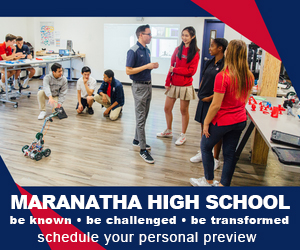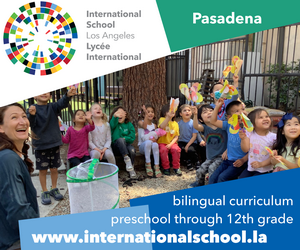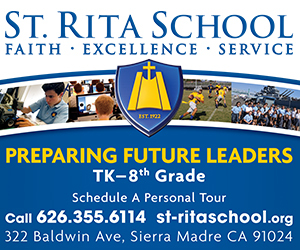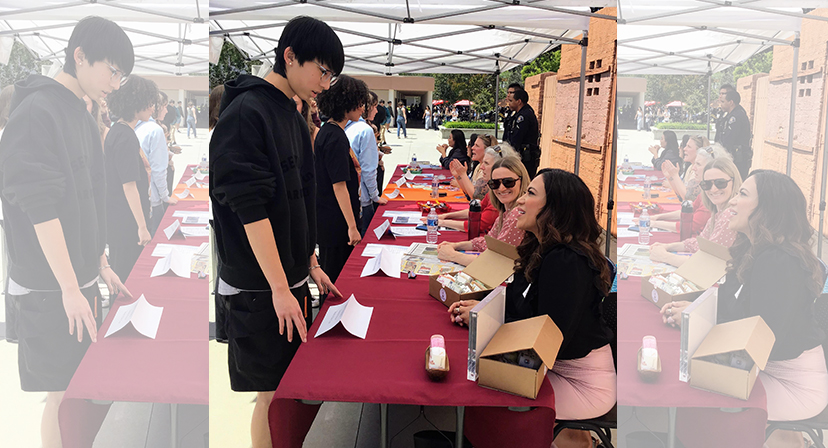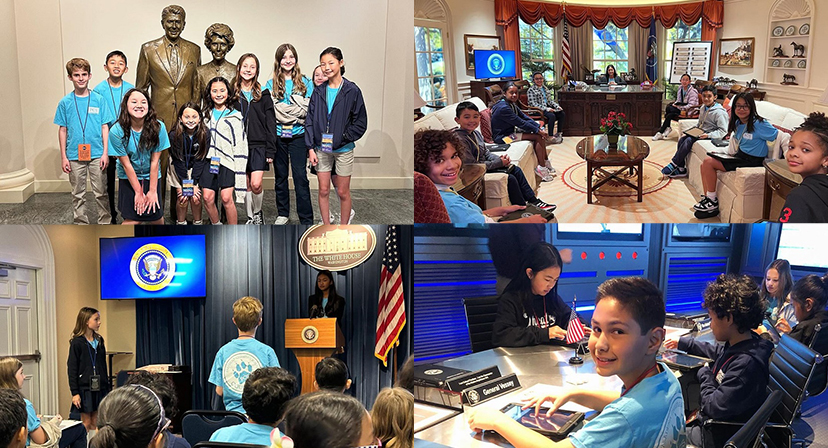Stratford School Shares Distance-Learning Tips for Parents

The rapid shift from classroom learning to distance learning has put schools and families to the test. Together, we have learned and accomplished a lot, and we continue to learn and improve as we go. As a mom and an educator, I also realize that parenting is a balancing act under “normal” circumstances and that this “new normal” of teaching our children at home can be overwhelming. As the situation persists—through the remainder of the school year, in many areas—you may be wondering how to keep everything on track in the weeks and months to come. These strategies will help you do find balance between distance learning and life.
Partner closely with your child’s teacher.
Maintaining a strong home-to-school relationship can provide you and your child with the confidence, security, and support you need during this challenging time. Communicate often and openly with your child’s teacher(s). Share your concerns, observations, and suggestions. If your child or you are struggling, reach out to your child’s teacher to garner her or his expertise. Like you, educators want your children to progress in their learning and development and to be socially and emotionally cared for.
Forge family agreements.
At school, teachers and students discuss and set up expectations for behavior in the classroom. You can do the same thing at home. For example, my husband and I sat down with our children about specific things we could do to make learning a positive experience in our home. We wrote down our family agreements, using positive language—such as, “We will try to solve the problem before asking for help,” and “We will be kind and respectful to one another”—and posted our agreement in a prominent location.
Make daily schedules.
Children look for the familiar in unfamiliar situations. Creating a daily schedule gives clear direction to the entire family. Allot time for each learning module, snack/meal time, and play breaks. Break assignments into digestible chunks, and include creativity, movement, and “free choice” activities to give the schedule balance and flexibility. If you have more than one school-age child, you can schedule individual learning and group learning times. This can be especially helpful when you have younger and older children or one or more children with special needs.
Make communication and downtime family priorities.
Family dynamics have changed, now that we’re together almost all the time while trying to balance distance learning, work, chores, and all the other aspects of our lives. Now, more than ever, it is important for everyone in the family to express their thoughts, feelings, and needs with one another. It is equally important to take time to unwind and recharge—giving yourselves healthy doses of family time, playtime, and personal space.
Team up with your partner or a remote teaching assistant.
Although one parent often takes the lead in distance learning, many couples work as a team. Co-teaching, like co-parenting, can have great benefits, with each parent bringing their unique talents to the table in support of their child’s learning. One parent might focus on STEM and physical activities and the other on literacy, history, and creative expression. Single parents and their children can benefit from learning teleconferences (i.e., Zoom, Facetime) with a grandparent, aunt, uncle, or tutor or from an interactive online learning platform.
Change hats with grace.
The three keys to smoothly switching gears from parent to teacher to worker to homemaker are organization, communication, and flexibility. As today’s version of the saying goes: plan your work, share your plan, work your plan, and adjust your plan as needed. Schedule an activity that requires no distractions (such as a video conference with your coworkers or clients) for a time when your child can be engaged independently and/or supervised by your partner. If something comes up, go with the flow or reschedule. Keep your family and coworkers in the loop, and be gentle with your loved ones and yourself.
Aim for progress, not perfection.
We’ve only been at this new way of learning for a few weeks, and creating a new routine takes time and practice. The goal of distance learning is to move your child’s development and knowledge forward. Your job is to facilitate, not to perfect, that learning process. One helpful strategy is to prioritize learning activities into two categories: must complete and additional practice. Another is to find ways to incorporate learning into everyday life. Finally, try to practice the three Ps: patience, persistence, and positivity. I often say to my children, “When things get hard, we can stay on the ground like a beanbag or we can spring back like a bouncy ball. Which one should we be?”

Connect first. Teach second.
All the research around effective learning indicates that meeting children’s social and emotional needs promotes their overall development and their capacity to learn. Make a personal connection with your child and check in on her or his well being first, and then focus on schoolwork. Provide learning activities that align with your child’s personal interests and that allow interpersonal interaction with you, other family members, and teachers. Model the behavior you wish your child to exhibit, encourage and support your child’s learning, and acknowledge your child’s efforts and progress. When all else fails, cuddle up together and read, read, read!
In distance learning at home, as in the classroom at school, there will be highpoints and low points. There will be times when your children are engaged in their schoolwork and you are rocking your conference call. There will also be times when your child repeatedly interrupts your conference call to ask for a glass of milk, and your conference chat reads, “Get that boy his milk, already!” and fifteen people remotely laugh – you don’t feel so distant.
Trust that you are doing your best and that your children are doing just fine.
Allison Wilson, mother of two and Senior Director of Curriculum and Innovation at Stratford School, has been in early childhood education for more than 15 years, formerly as a teacher and teacher trainer.





